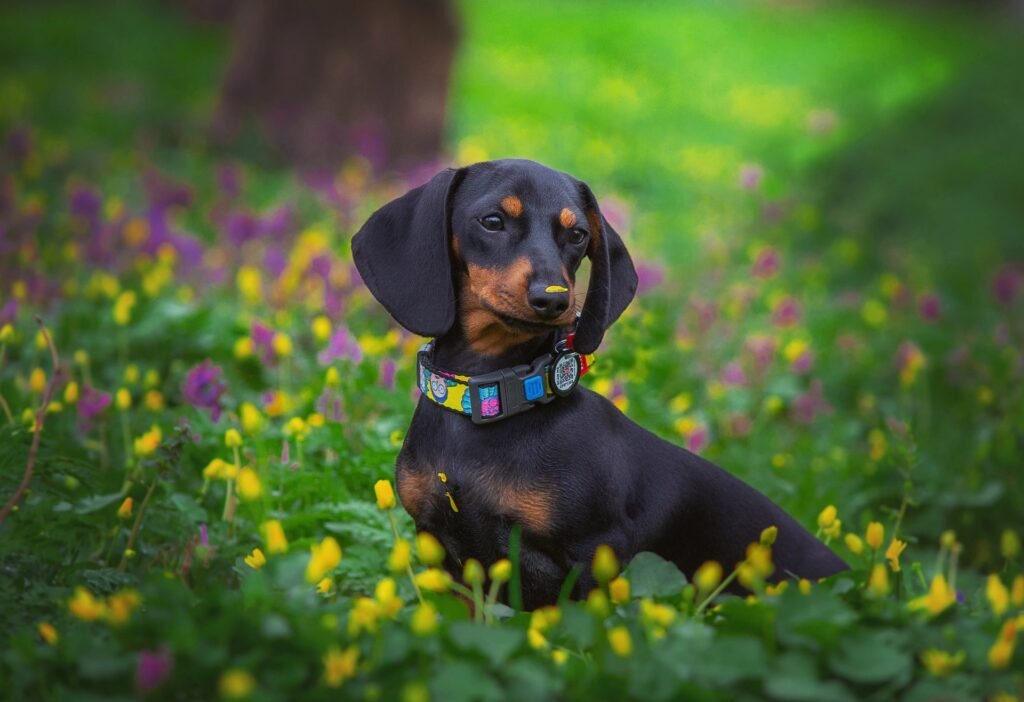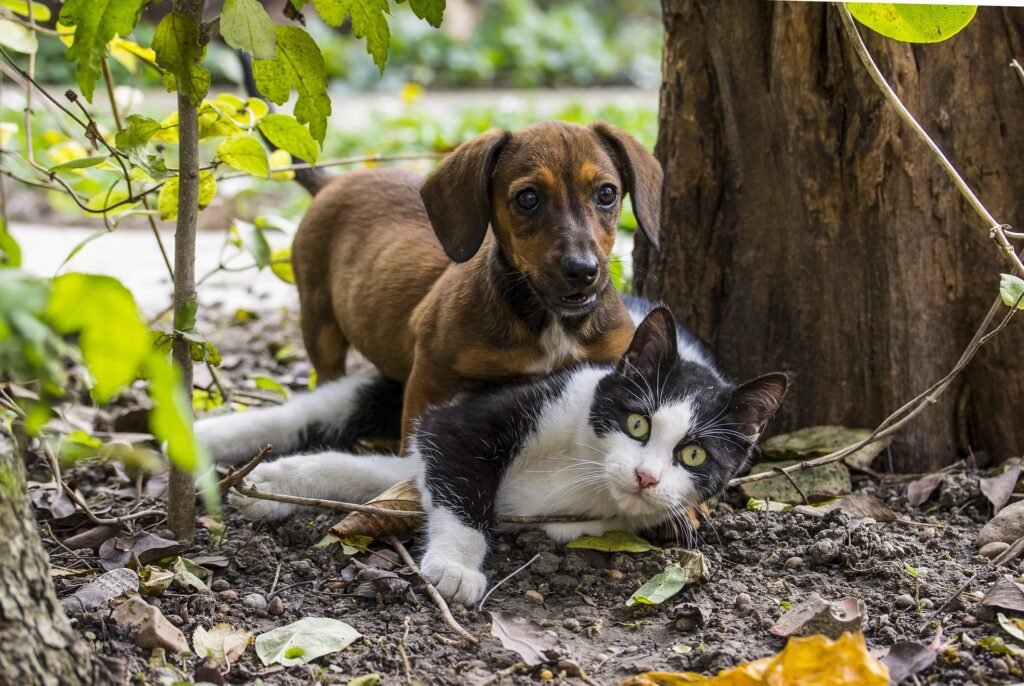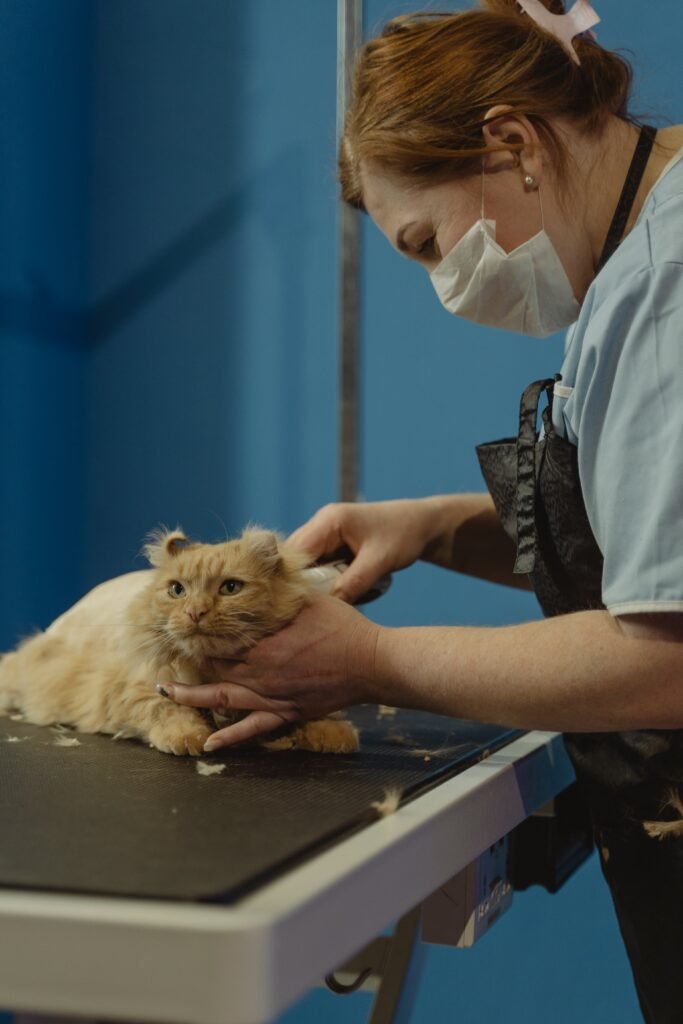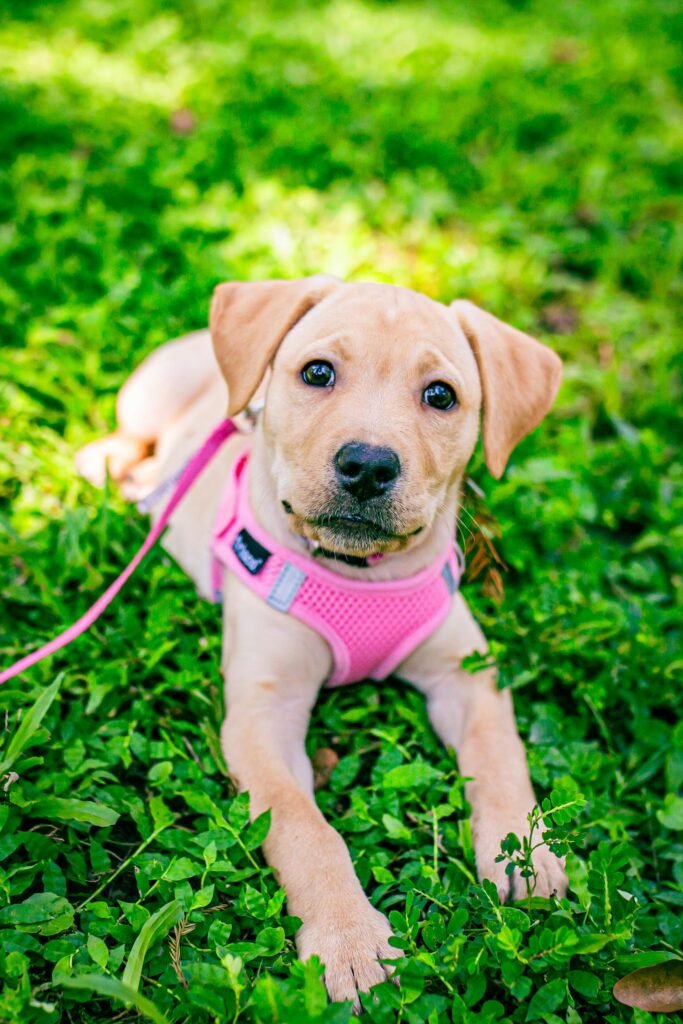Dachshund, often affectionately known as “wiener dogs,” are one of the most recognizable dog breeds thanks to their long bodies and short legs. But there’s more to this unique dog than its distinct appearance. Whether you’re considering adopting one or just want to learn more, this guide will cover everything you need to know about Dachshunds.
What is a Dachshund?
Dachshunds are small hound dogs originally bred in Germany. Known for their elongated bodies and short legs, they are clever, energetic, and sometimes a bit stubborn. Despite their small size, they have a brave heart and a big personality.



Dachshund History
The Dachshund’s history dates back to at least the 15th century in Germany. The breed was originally developed for hunting badgers, which explains their name – “Dachs” meaning badger and “hund” meaning dog. Their long bodies and strong legs made them excellent diggers, able to burrow into tunnels and flush out badgers and other small animals.
Physical Characteristics of a Dachshund
Body Type and Size
Dachshunds are well known for their long, sausage-like bodies and short legs. They typically come in two sizes: standard and miniature. Standard Dachshunds weigh between 16 and 32 pounds, while miniatures weigh less than 11 pounds. Despite their small stature, they are surprisingly strong and agile.
Dachshund Coat Types
Dachshunds come in three distinct coat varieties, each with its own unique characteristics:
1. Smooth-Coated Dachshunds
Smooth-coated Dachshunds have short, shiny fur that is easy to maintain. They shed moderately, making them relatively low-maintenance when it comes to grooming.
2. Wirehaired Dachshunds
Wirehaired Dachshunds have a rough, coarse coat, which gives them a scruffy look. More maintenance is needed for this kind of coat, such as routine brushing and sporadic clipping.
3. Longhaired Dachshunds
Longhaired Dachshunds have a sleek, soft coat that flows elegantly. While beautiful, their fur requires more frequent brushing to prevent tangles and matting.
Dachshund Colors and Patterns
There is a vast variety of colors and patterns in dachshunds. Some common colors include black and tan, red, chocolate, and cream. They also have various patterns like dapple (spotted), brindle (striped), and piebald (patches of two or more colors). Their diverse looks make each Dachshund unique.
Temperament of a Dachshund
Dachshunds are known for their lively and playful personalities. They are curious, brave, and often fearless, despite their small size. However, they can also be stubborn, which makes early socialization and training important. While Dachshunds are affectionate with their families, they can be wary of strangers, making them excellent watchdogs.
Training a Dachshund
Training a Dachshund can be a challenge because they have a strong, independent streak. Patience and consistency are key. Positive reinforcement, such as treats and praise, works best with Dachshunds. Due to their stubborn nature, they may need a bit more time than other breeds to learn commands, but once trained, they are loyal and obedient companions.
Exercise Needs for Dachshunds
Dachshunds require frequent exercise since they are active canines despite their tiny stature. Daily walks and playtime are essential to keep them healthy and happy. Be mindful, however, of their long backs, which can be prone to injury. Avoid activities that put too much strain on their spine, like jumping on and off furniture.
Dachshund Health Issues
Like all breeds, Dachshunds have some common health concerns:
- Intervertebral Disc Disease (IVDD): Their long backs make them prone to spinal injuries, particularly IVDD, which can lead to pain and mobility issues.
- Obesity: Dachshunds are susceptible to weight gain, which can exacerbate spinal problems. Keeping them at a healthy weight through proper diet and exercise is crucial.
- Dental Problems: Small breeds like Dachshunds are prone to dental issues, so regular teeth cleaning is important.
Regular vet check-ups and a healthy lifestyle can help manage and prevent many of these health problems.
Feeding a Dachshund
Dachshunds should be fed a balanced diet that matches their activity level. Miniature Dachshunds require less food than their standard-sized counterparts. It’s important to monitor their food intake carefully to prevent overeating, as obesity is a common issue in the breed. Always provide them with high-quality dog food that contains the right amount of protein, fat, and fiber.



Grooming a Dachshund
The sort of coat a dog has determines how well it needs to be groomed. Smooth-coated Dachshunds require minimal grooming, usually just occasional brushing to remove loose hair. Wirehaired and longhaired Dachshunds need more attention, especially when it comes to brushing and trimming. Bathing should be done as needed, and their ears should be checked regularly for signs of infection.
Are Dachshunds Good with Children and Other Pets?
Dachshunds can be good with children, but it’s important to supervise interactions, especially with younger kids. Dachshunds may not have much patience for rough play, and their long backs can make them vulnerable to injury. They can also be territorial and may not get along well with other pets, particularly if they weren’t raised together.
Living with a Dachshund in an Apartment
Dachshunds are well-suited to apartment living due to their small size, but they are active and need regular exercise. It’s important to provide them with opportunities to walk and play outside. As mentioned earlier, Dachshunds are natural watchdogs and may bark at noises, so training them to limit excessive barking is essential for apartment dwellers.
Conclusion
Dachshunds are charming, loyal, and full of personality. Whether you’re drawn to their unique appearance, their lively character, or their brave little hearts, they make wonderful companions for the right home. Their small size, combined with their energetic and curious nature, ensures they’ll keep you on your toes. With the right care, Dachshunds can be an excellent addition to families, singles, and apartment dwellers alike.
FAQs
1. Are Dachshunds easy to train?
Dachshunds can be stubborn, but with patience and positive reinforcement, they can be trained successfully.
2. How much exercise does a Dachshund need?
Dachshunds need regular daily walks and playtime to stay healthy, but be mindful of their backs when it comes to vigorous activity.
3. Do Dachshunds bark a lot?
Dachshunds are known for barking, especially if they’re not trained early. However, this habit may be controlled with the right instruction.
4. What is the lifespan of a Dachshund?
Dachshunds typically live between 12 and 16 years with proper care.
5. Are Dachshunds good with other dogs?
Dachshunds can be territorial, but with proper socialization, they can get along with other dogs and pets.


